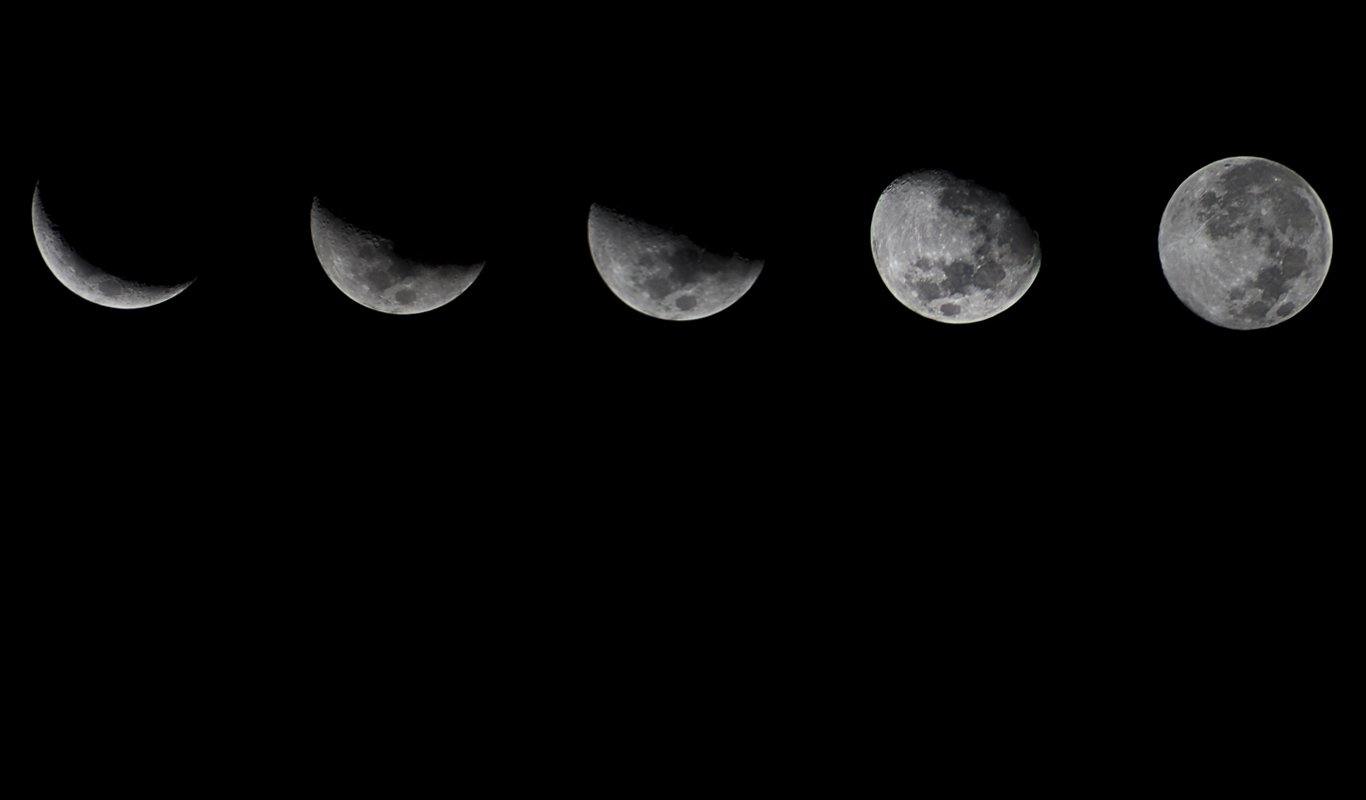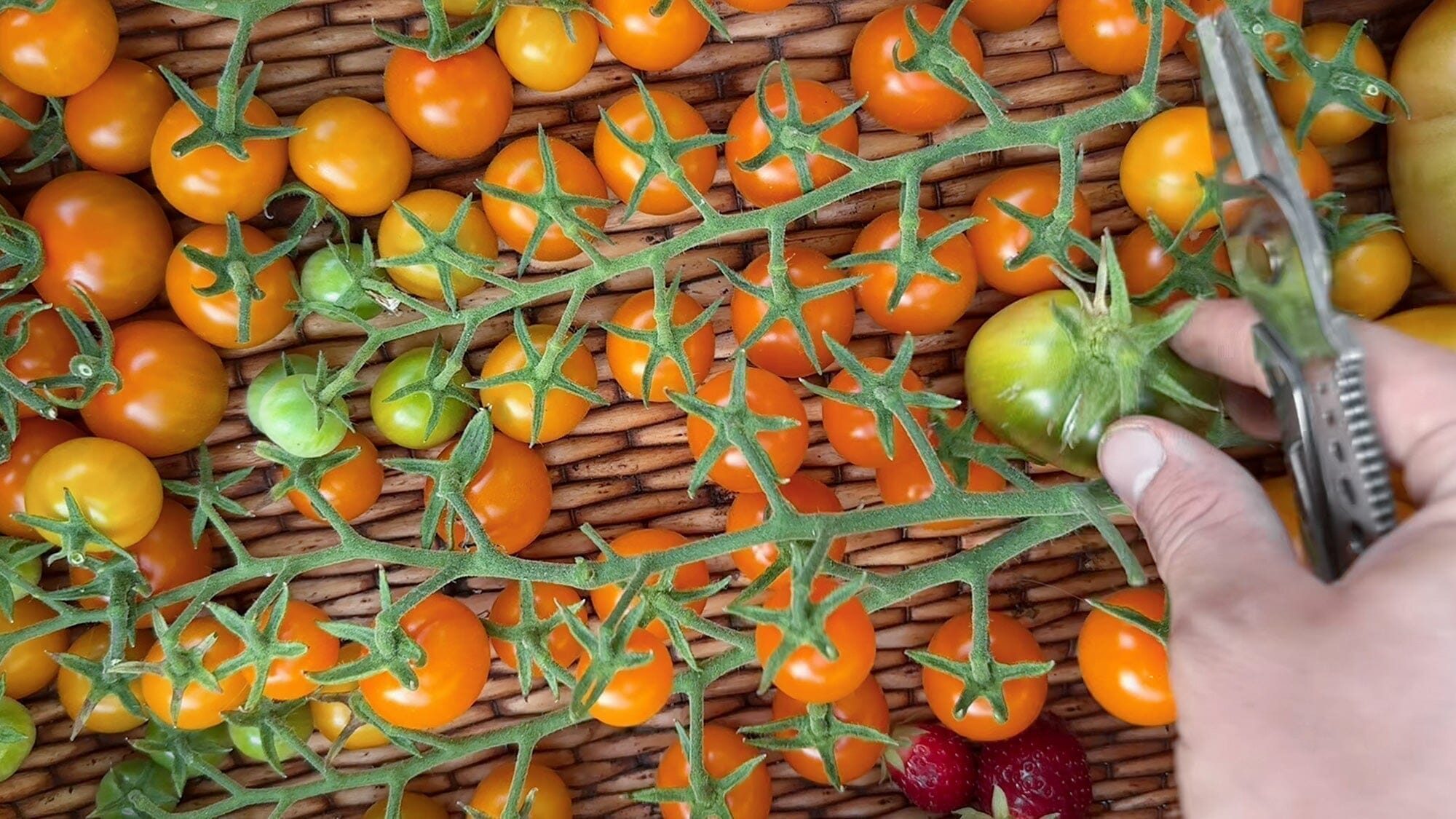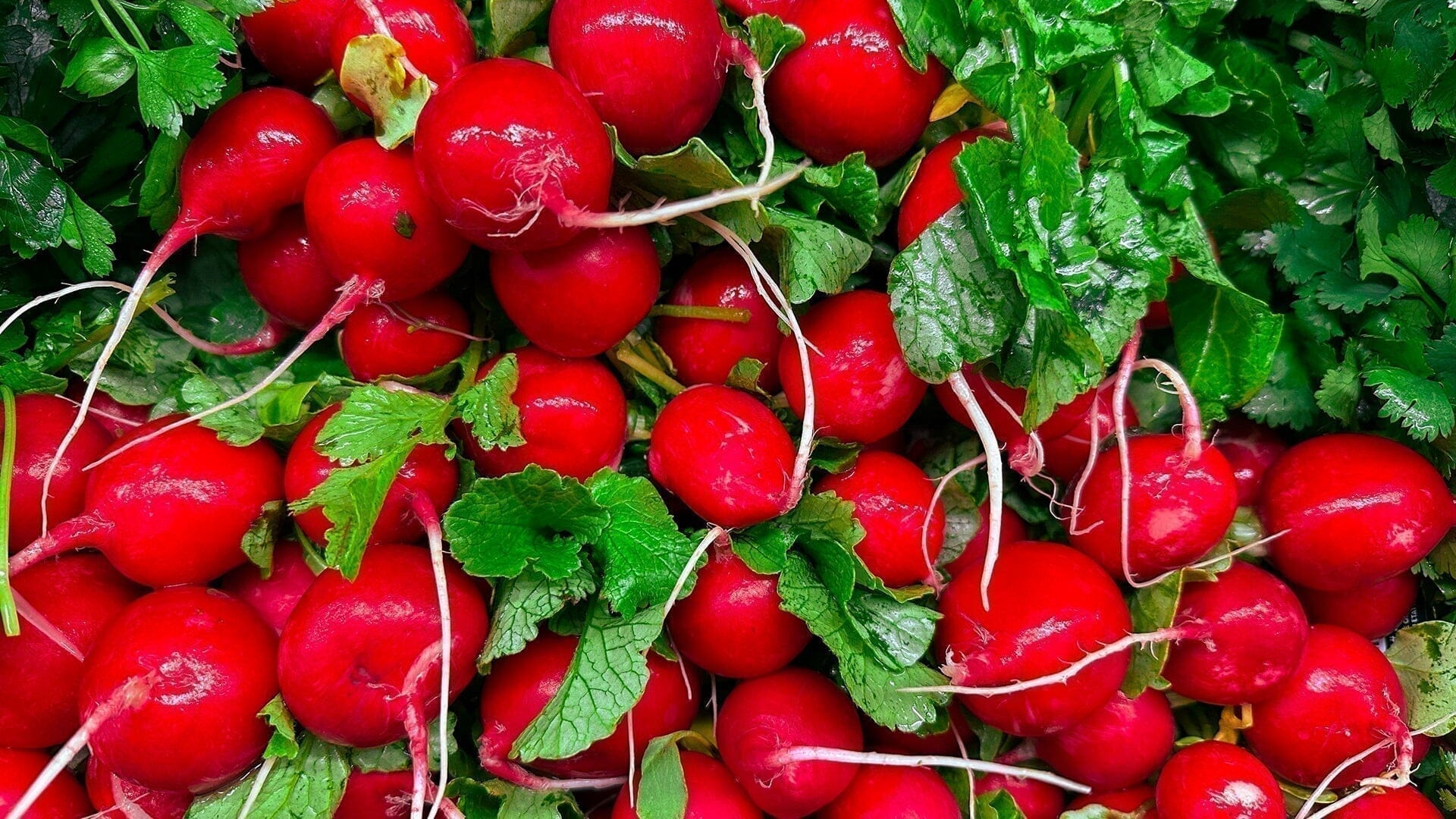Moon gardening may sound mystical, but it’s an anciently-rooted practice that many farmers and gardeners trust. We sat down with Mariana Last-Bills, a botanist and the farmyard manager at Snuck Farm in Pleasant Grove, Utah, to learn about it.
What Is Moon Gardening?
“Lunar gardening is a mindful and purposeful way of interacting with your plants,” Mariana says. “Just as the moon affects tides, it has an effect on the groundwater and the gravitational pull in the soil, so it pulls water to the surface.” Planning garden work to use those lunar cycles to their greatest benefit is at the heart of moon gardening. “With a full moon,” she continues, “you get more light. It diminishes when it’s waning. In moon gardening, you’re using the fact that you’re going to have more water pulling up to help your seeds crack and swell and taking advantage of having more light.”
Gardening by the moon has been around for millennia, originating when the skies played a much more significant role in daily life, though the concept may be new to many hobbyists and novices. Farmers’ Almanacs have always laid out a calendar for moon gardening, Mariana points out. “There’s good evidence for it. Some people see better yields and better results,” she says. However, she cautions, it’s not always practical. Weather and life, after all, happen. “Becoming too set in the ideology and burning out” is a risk. “It’s better to keep a lighthearted attitude and not get too rigid because then you’re not connecting to your garden and nature.”

How Do You Moon Garden?
Use the waxing and waning moon to decide when to attend to specific tasks. During the waxing moon, with its increased light and higher groundwater, plant above-ground crops. “Some say two days before the full moon is best,” Mariana offers. Plant below-ground crops and handle transplants during the waning moon because “it forces the energy to the roots and below ground” where these plants need it most. Transplants stress less during that time as a result.
“Think of it like mini seasons within the moon cycle,” Mariana says. “New moon to the first quarter is spring, the second quarter to the full moon is summer, the full moon to the last quarter is fall, and the last quarter to the new moon is winter. Four seasons of the moon.” She goes on to explain that your planting and garden chores for the month would then reflect the “season” of the moon.
“Go back into the quarter moons,” she instructs. Plant things in their proper season and in the proper “season” of the moon. If you have non-fleshy fruits that drop their seed or leafy plants to get in the ground, put them in during the first quarter of the moon—the “spring”. Just as you’d plant fleshy fruits like tomatoes, beans, and squash during the summer, they should be planted as the first quarter waxes toward the full moon—the “summer” of the lunar cycle. In fall, when you are planting underground crops–potatoes, garlic, artichokes or doing transplants, do so in the time between the full moon and the last quarter—the “fall”. The final phase of the moon cycle, as the waning quarter gives way to the new moon, is a resting phase just as winter is a season of rest.
As you approach tending to the earth this fall, consider how gardening by moon phases might help you make a more mindful and purposeful connection with your environment and your place in it.

Mariana Last-Bills has been farming for 10 years in 4 states. It is her third season with Snuck Farm, in Pleasant Grove, UT, where she is the farmyard manager and Snuck Share coordinator.


